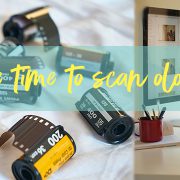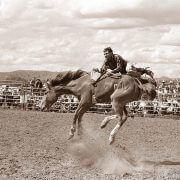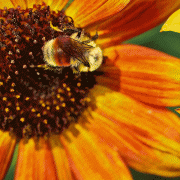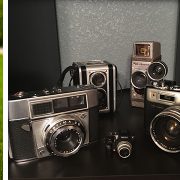When you gear up for a winter photo expedition, short or long, the first thing to consider is you. If you’re cold, cold, cold, you won’t be able to focus on the process of capturing a good photo. So dress warmly, and take more clothes than you think you’ll need. Know your vehicle is in good shape, pack enough gear and food that you could survive the night, and bring along your cell phone. Always let someone know where you are.
Winter days are often overcast. Taking a good photo can mean a long wait for the perfect light. Wildlife shots always require an investment of patience. You can’t anticipate what that elk, or wolf, is going to do, when. So you wait, hope, and do what you can to stay warm.
When you have that chance for the shot you want, your equipment needs to be ready to work with you. Have it “tuned up” annually. For analog cameras, have the battery, the shutter, and lenses checked. Be sure your meter is accurate. With digital cameras, bring some extra batteries and be prepared to keep your camera dry.
Professional-grade digital cameras handle inclement weather better than others. If your digital camera doesn’t fit that classification, snow sifting into it can fry the circuitry. To reduce the risk of that damage, seal your camera in a ziplock bag. Whether you are skiing, hiking, or snowshoeing, you can keep batteries warm in your pants pocket. Keep the camera itself in a good-quality external bag to avoid condensation from your body, or an unexpected collision with a tree, from damaging it.
Pack along a tripod and use it to avoid camera movement – this becomes most important if you hope to enlarge any of the pictures you take. Wrap the tripod legs with insulation to keep bare hands from sticking to them. You can buy leg wraps or tape on use pipe insulation from the hardware store.
Sound like a lot of work? The great thing about winter photography is that when you make the effort to be out, you’ll find very few other photographers in your way. You will find glorious expanses of snow unmarked by human activity. And weather creates interesting photo opportunities.
In fact, the snow itself presents interesting opportunities and challenges. When you really look at snow, you’ll notice its color changes with the light that’s on it. Snow in deep shadows under pine trees is usually blue, at other times of the day, you’ll find snow that’s yellow, pink or red.
When you compose a scene with snow, keep in mind that the eye goes to white or bright areas first. If that’s the foreground of your shot, that’s where a viewer will look. Details will be lost in bright areas, and, a viewer’s eye will be attracted there, possibly missing your intended subject. So be aware of color casts, shadows, and highlights and use them to direct the viewer’s eye to the subject. And if you want to communicate a sense of cold, work with the snow’s blue tones.
Film choices will make working with color simpler so ask questions when you buy your film. For instance, Velvia film gives a warm tone that offsets blues and shadows. If you’re working in digital, exposure latitude is quite limited. (What’s that mean?)
For more on taking photos in the snow, take a look at this book by Livingston’s Tom Murphy, “Silence and Solitude – Yellowstone’s Winter Wilderness.” And don’t forget – if you breathe on your lens and it freezes – it doesn’t matter what kind of effort you put into photo composition, or your gear.
Article by Jenna Caplette, with tips from the staff of F-11 Photo & The Print Refinery™










